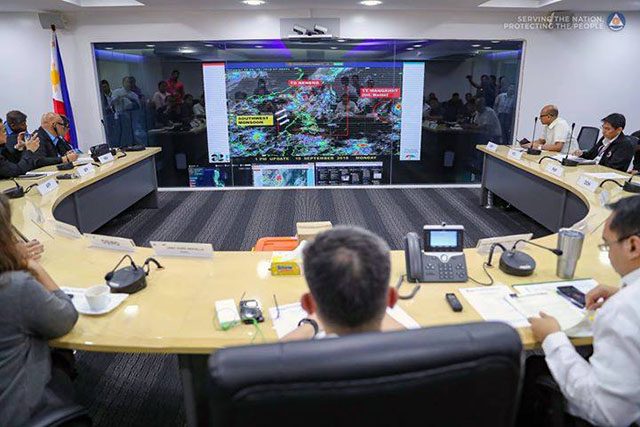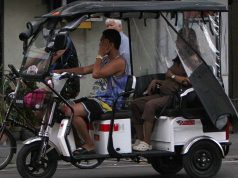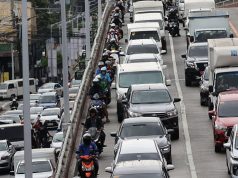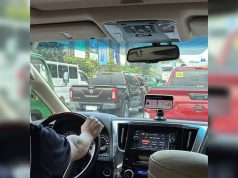
The mobile alerts of the National Disaster Risk Reduction and Management Council are the talk of the Twitterverse again as Filipinos identify inconsistencies in the system.
The alerts sent as text messages or alarms at regular intervals have gathered mixed reactions in the past. The reactions were anything between being impressed over the disaster reduction agency’s consistency and irritation over the loud buzzing sound that comes with each message.
To send these safety reminders is part of NDRRMC’s mandate under the Free Mobile Disaster Alerts Act that former President Benigno Aquino III signed on June 20, 2014.
However, not all mobile users have received alerts at the same time as others did.
Dr. Raquel Fortun, a legal forensic pathologist, shared that she was only able to receive an alert at 9 a.m. this morning. She also attached a screenshot of the text message on her tweet.
Finally nakatanggap ako ng NDRRMC alert!
Anak: Wala yan that's the primitive kind.— Raquel Fortun (@Doc4Dead) December 3, 2019
Prior to this, Fortun tweeted that she was the only one in her family who has not received a reminder.
Historian and columnist Manuel Quezon III inquired if the tropical cyclone warning signal stated in his mobile alert is the same as those other Filipinos received in Metro Manila.
As of publication, Metro Manila is at typhoon Signal No. 2, not Signal No. 3 as the alert claimed.
Anyone else in MM gotten this specific one? pic.twitter.com/qFlnEpaNw9
— Manuel L. Quezon III (@mlq3) December 2, 2019
Some people in Metro Manila said they received confused alerts about the typhoon for signals 2 and 3.
“I’m in just one city but I’m getting mixed signals,” one Twitter said.
Another user said his two sim cards received different signals. “My Globe (2) sim can’t decide if it’s #3 or #2. But my Smart (1) got it right.”
Some Filipinos used wit again to poke fun at the noise NDRMMC’s alerts create.
Me:
Me:
Me:
My Alarm: "uwu hehe >.< pacute cute"
NDRRMC: "!! MAKINIG KAYONG MGA POTAH KAYO SINASABI KO SA INYO!!!!!!!!!"
— Jules (@rombutans) December 2, 2019
Others, on the other hand, appreciate the relatively new alert system that was not in place before typhoons in previous years.
“People are experiencing massive rain and flooding and yet here you guys are complaining about how annoying the alerts are,” the user said.
This mobile alert system was enacted after the tragedy caused by Super Typhoon Yolanda when people mostly used social media to get updates of the disaster and locate their loved ones.
How do these warnings work?
According to the mandate, the NDRRMC, the National Telecommunications Commission and mobile phone service providers have to work together to inform people of natural disasters and calamities through free text messages or emergency alert and warning messages.
These are sent during typhoons, earthquakes or any destructive natural phenomenon.
In terms of typhoons, the process basically goes:
- The Philippine Atmospheric, Geophysical and Astronomical Services Administration issues an advisory.
- The NDRRMC drafts a message about the rainfall warning expected within a three-hour time frame, typhoon signal and safety reminder. This takes around 10 minutes.
- The agency sends the message to telecommunication companies.
- These companies in turn have the responsibility to send the message to their customers.
Because of the rainfall’s time frame, the agency sends separate EAWMs for orange and red rainfall warnings.
Concerning delays of receiving these warnings, the NDRRMC cited limitations of the text messaging system and the mobile devices themselves as possible reasons for the inconvenience.
“What happens is, if the NDRRMC sends a red rainfall warning alert to Bulacan, and in that area, there are two million subscribers for example, there will be two million seconds of queuing time because it is point-to-point,” said Kelvin Ofrecio, an official from the agency.








